- Get link
- X
- Other Apps
And western states as early as February and to areas further north later in the spring. Its common for almost every hummer to migrate from their home territory during the decreasing daylight to the more extended daylight regions.
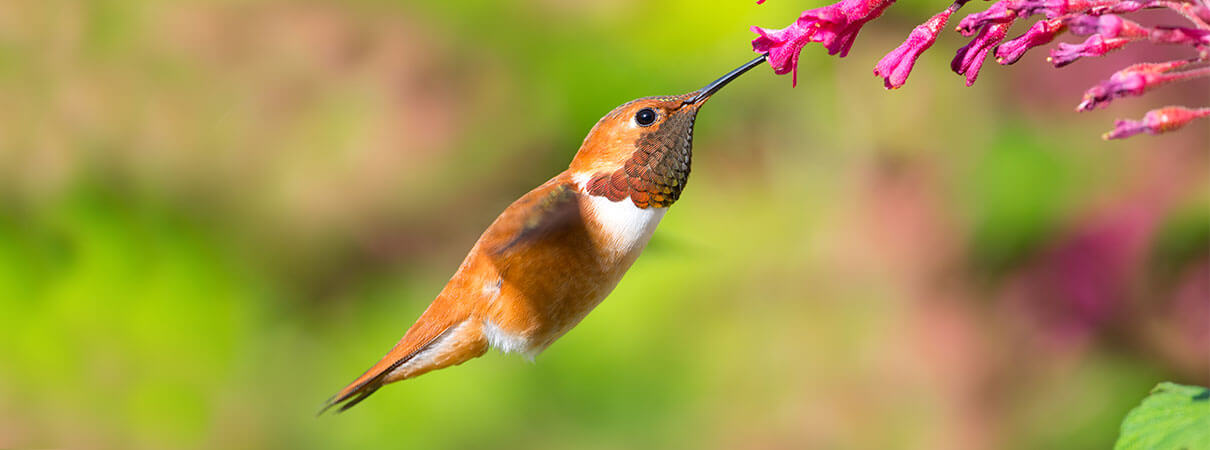 Do Hummingbirds Migrate American Bird Conservancy
Do Hummingbirds Migrate American Bird Conservancy
This is a common myth started by the pilgrims who didnt know any better at the time.
/female-ruby-throated-hummingbird-at-feeder-511665179-8a095c4710bf448fa2dbfce597025dde.jpg)
Do hummingbirds migrate. Hummingbirds migrate north according to their own schedule weather and food availability. The one big exception to that rule is migration season. Hummingbirds migrate because it is an innate genetic instinct.
These arent exactly long journeys but if you consider the size of hummingbirds they do have to make their way through a large expanse of land. In fact you might not even see any leave until October and November in some places. Others will wait until September.
The first arrivals in spring are usually males. Instead of relying on a hard-and-fast date your best bet is to watch our Migration Map. Many hummingbirds spend the winter in Central America or Mexico and migrate north to their breeding grounds in the southern US.
Some however do not migrate in areas like California and the upper Pacific coast. Like a lot of birds out there hummingbirds migrate in the colder months to a warmer climate. Rufous hummingbirds have one of the longest migratory journeys for birds of their size.
For many hummingbirds that breed in the United States that means migrating to Mexico for the winter. This isnt typical behavior though and more often than not hummingbirds will start to settle in for the night about thirty minutes before sundown. Hummingbirds do not migrate on the backs of geese.
The Hummingbird migration map somewhat goes like this- every year during winter most of the hummingbirds residing in North America make their trip to either Mexico or Central America. Hummingbirds will start the migration process at different times depending on where they live in the summer. Migration will last anywhere from one 1 to four 4 weeks averaging about twenty to twenty-five 20-25 miles per day.
Some will leave as early as July and the beginning of August. Some individual rufous hummingbirds migrate from Alaska to Mexicoabout 4000 miles. Its quite amazing but hummingbirds do migrate by themselves under their own power and as solitary migrants not in flocks.
Though it may not come as too much of a surprise to the people they visit experts have confirmed that many hummingbirds do in indeed return to the same bird feeders gardens and yards each year. Where do Hummingbirds Migrate. Some of our western hummingbirds are resident staying in the same place year-round.
Hummingbirds expend a tremendous amount of energy during their migration. February and March Southern US Hummingbird migration begins early in the southern United States. In the Spring the annual hummingbird migration to their Summer destination begins.
Where do hummingbirds migrate to. Geese fly a different route than hummingbirds and have different needs. Hummingbirds fly by day when nectar sources such as flowers are more abundant.
In North America hummingbirds tend to spend the winter months in central America or Mexico and they will not start to migrate until around the month of February. Hummingbirds migrate between their breeding grounds in the north and wintering grounds in the south. Many hummingbirds spend the winter in Central America or Mexico and migrate north to their breeding grounds in the southern United States as early as February and to areas further north later in the spring.
Contrary to popular myth hummingbirds do not migrate on the backs of geese or other birds although they do sometimes travel in mixed flocks over water. Observers Have Discovered That Hummingbirds Actually Do Return. Hummingbirds from different species have different migration habits and routes.
Hummingbirds migrate to where the flowers are blooming so they can eat nectar and insects. When the hummers start making appearances south of your location put out your. Since hummingbirds lead solitary lives and neither live nor migrate in flocks an individual bird may spend the winter anywhere in this range where the habitat is favorable but probably returns to the same location each winter.
Some rufous are now wintering in southeastern coastal states like Alabama and Florida. They migrate during the day staying low in the air to watch closely for feeding opportunities and rest at night. Factors such as weather length of daylight fat accumulation stimulate migration.
Unlike many birds however hummingbirds migrate individually and do not travel in seasonal flocks. When hummingbirds are migrating it can be common for them to fly at night. Also the weather condition and food availability spur the.
Learn more about the migratory patterns of common North American hummingbirds below. These gorgeous birds travel from their winter homes in South or Central America and Mexico towards the refreshing breezes in the north. In the Caribbean and Central and South America where many hummingbirds do not migrate year-round feeding is also ideal.
This species typically migrates to and from Mexico.
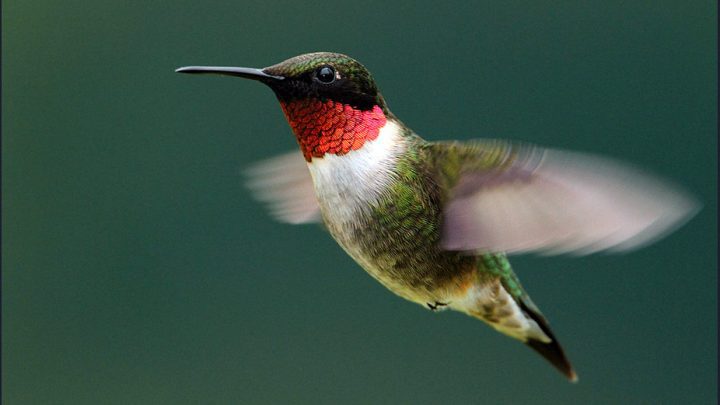 Tiny Hummingbirds Incredible Migration All About Birds All About Birds
Tiny Hummingbirds Incredible Migration All About Birds All About Birds

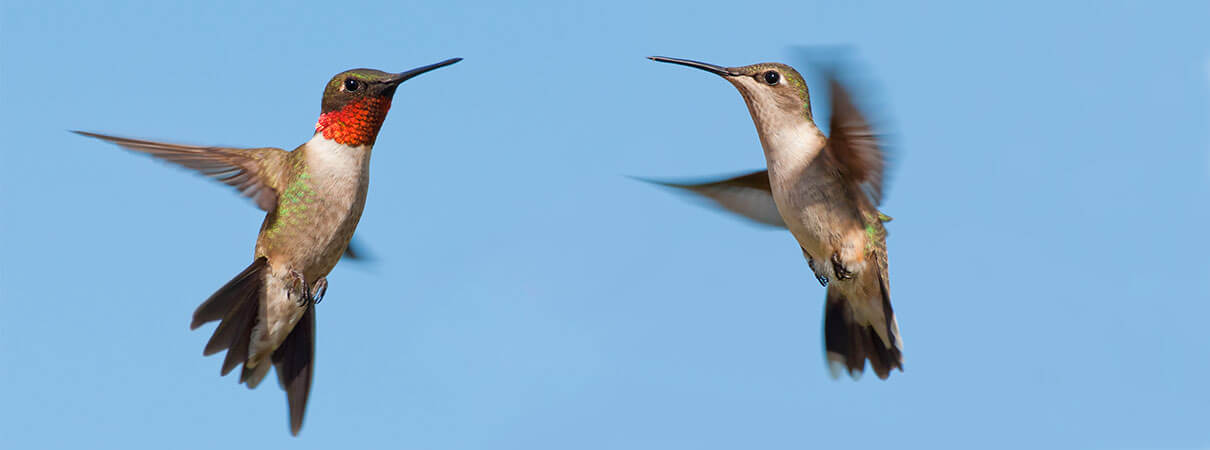 Do Hummingbirds Migrate American Bird Conservancy
Do Hummingbirds Migrate American Bird Conservancy
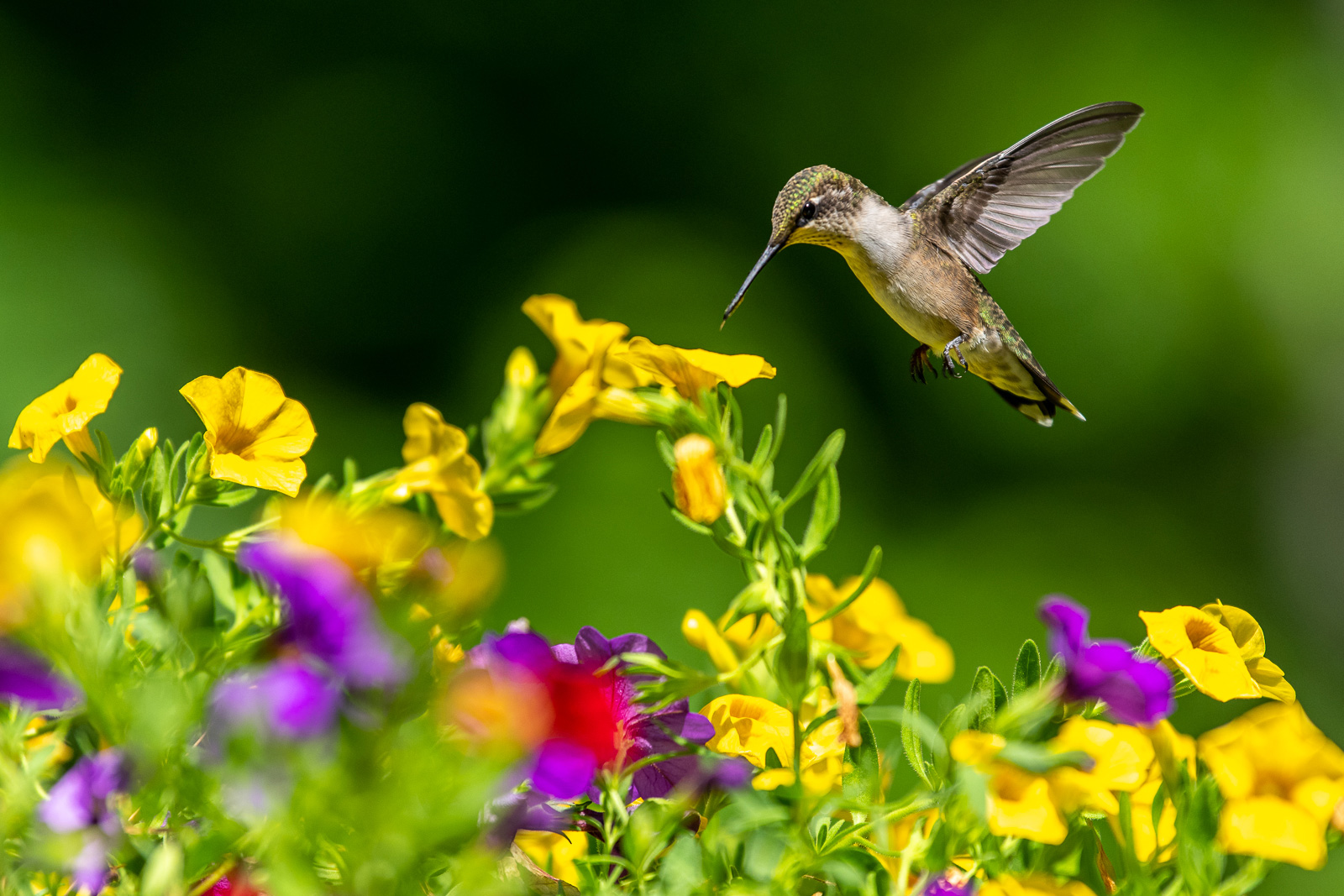 Bulletin 7152 Understanding Ruby Throated Hummingbirds And Enhancing Their Habitat In Maine Cooperative Extension Publications University Of Maine Cooperative Extension
Bulletin 7152 Understanding Ruby Throated Hummingbirds And Enhancing Their Habitat In Maine Cooperative Extension Publications University Of Maine Cooperative Extension
 Where Do Hummingbirds Migrate In Winter Birds And Blooms
Where Do Hummingbirds Migrate In Winter Birds And Blooms

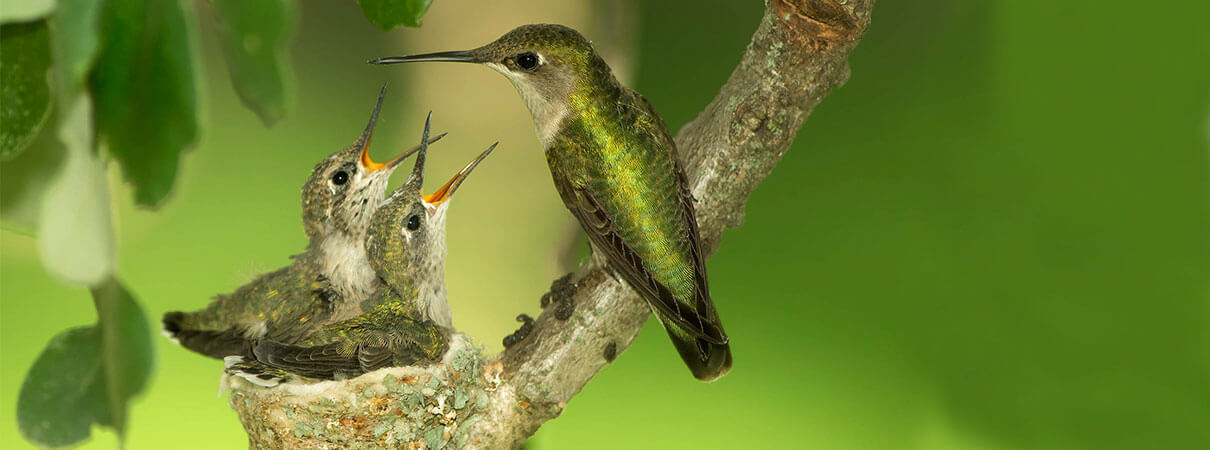 Do Hummingbirds Migrate American Bird Conservancy
Do Hummingbirds Migrate American Bird Conservancy
 Do Hummingbirds Migrate In Flocks All About Birds All About Birds
Do Hummingbirds Migrate In Flocks All About Birds All About Birds
 For Rufous Hummingbirds Migration Routes May Differ Nsf National Science Foundation
For Rufous Hummingbirds Migration Routes May Differ Nsf National Science Foundation
5 Ways To Help Hummingbirds During Their Fall Migration Rismedia S Housecall
 How Do Hummingbirds Migrate Wxpr
How Do Hummingbirds Migrate Wxpr
 Hummingbirds Make An Incredible Journey North Cool Green Science
Hummingbirds Make An Incredible Journey North Cool Green Science
 When To Expect Hummingbirds In Your Yard This Spring Audubon
When To Expect Hummingbirds In Your Yard This Spring Audubon
Comments
Post a Comment